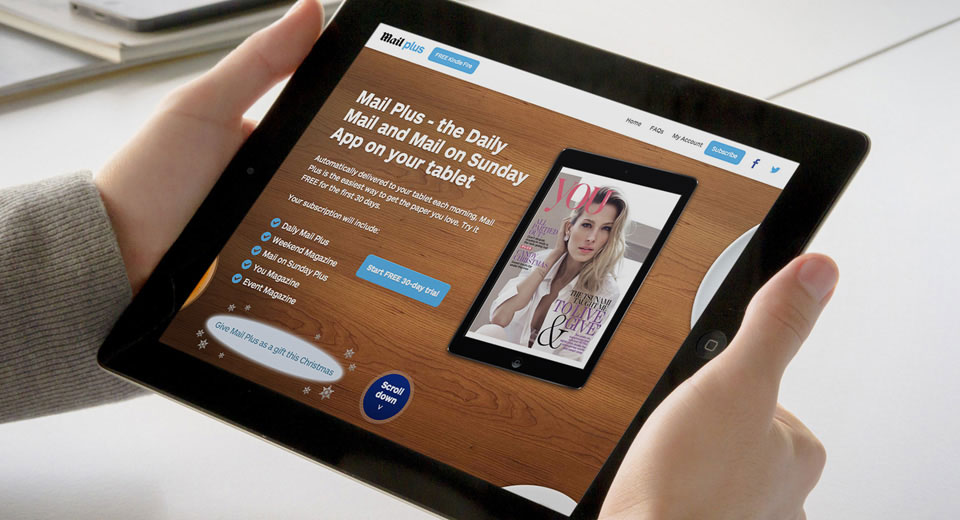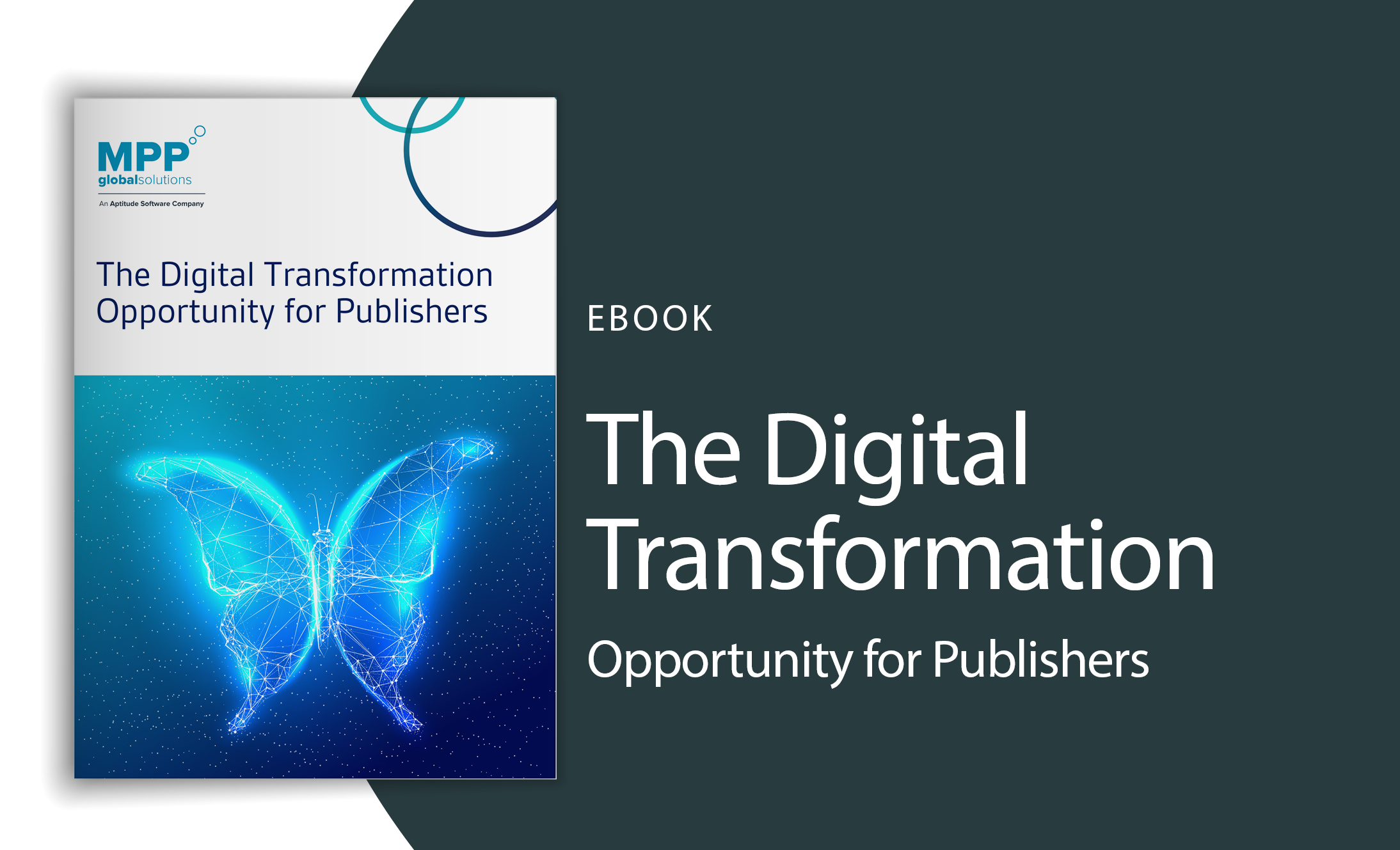The Ink Has Been Drying for a While
In recent weeks there has been lots of discussion and analysis of the newspaper and publishing industry. This includes discussions with newspaper publishers, magazine publishers, and analysis of the traction that online newspaper sites are receiving. As you likely know, more and more people are making a shift to reading their news online.
Whether this is subscribing to their favourite newspapers online or simply reading their local daily for free online. As we know, the digital revolution of newspapers has increased the audience for newspapers – now readers are no longer limited by their location. Someone living in a remote community but who has online access can read the New York Times or the Guardian for example. As well, publishers are recognising this diversified readership and creating “localised” editions of their newspapers so that those living in India or Canada can get a more “personalised” product.
This movement towards and growth of online readership reflects the move thatall things really are going digital. From books, magazines, television programs and newspapers – users and customers are increasingly turning to the Internet. Critics would suggest that this is a trend that really has only begun to take shape and hold in recent years. And some might even suggest that this drive for digital publishing is a result of technology rather than with publishers meeting consumer demand.
This is why it is very interesting to read a study from 1997 titled: Uses and Gratifications of Online Newspapers: A Preliminary Study. And yes, the date on this study is correct – 1997 – in the very early days of the Internet. This study was conducted by researchers from Rennsselear Polytechnic Institute and used both interviews and visual study to determine how readers were responding to online newspapers.
Now we won’t go into the details of the study, but what is interesting are the supplemental studies and research that was reviewed in advance of undertaking this 1997 study of online newspaper usage and traction. In as early as 1986, publishers were reporting a decline in newspaper readership – particularly with younger readers. Publishers were revealing that fewer households were subscribing to a daily newspaper and were turning to other channels to get their news – such as television. In conjunction with this readership and subscriber decline was a similar decline in advertiser revenues.
This quote from 1994 should resonate with today’s newspaper publishers and analysts, “for millions of Americans, especially young ones, newspapers have never played a significant role” and “newspapers have been foundering for decades, their readers aging, their revenues declining, their circulation sinking”.
All of this with the rising cost of newspaper publishing costs and the advent of the Internet, started an online revolution way back in 1997. In 1995 there were 100 commercial newspapers online and by August 1997 there were 1,733 newspapers with websites and an online presence.
The hypothesis from the 1997 study suggests:
“First, moving newspapers online might recapture young readers, who have fallen away from the habit of reading hard-copy papers and yet may be attracted to online services. Young readers have grown up with computers and video games – perhaps they’ll grow into the newspaper habit, online… Moving newspaper production and distribution online is promised to eliminate, or at least alleviate, much of the cost associated with newsprint production and distribution. Electronic publishing is a marriage between low manufacturing costs and an expanding consumer market.”
Convinced yet? Today in 2012, many folks are still trying to maintain that consumers don’t want “to read their news online” but the numbers and statistics are showing otherwise. With the New York Times and Guardian reporting record numbers for online subscriptions and declining hard-copy purchase – the proof is really here in black and white. As the researchers from Rennsselaer Polytechnic Institute hypothesised and learned in 1997, users are willing to shift and read their news online.
The question that remains then is this, if people were predicting in 1997 this move to online newspapers and even going so far to highlight the benefits for both readers and publishers – why are people still sceptical? Why has it taken so long for online newspapers to become mainstream? One theory is that it has taken this long for the technology to really catch-up to consumer demand – the integration of digital paywalls, well-designed websites, added value features such as video and subscriber bonuses. This of course leads us to the next question: how and where do you get your newspaper?
 us
us 






 Posted by MPP Global on
Posted by MPP Global on


